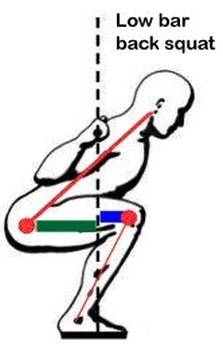BIOMECHANICS APPLIED TO LEG TRAINING
By Arjun Patel
Biomechanics Applied to Leg Training
Biomechanics can be used to identify the most efficient ways to train specific body parts for several purposes.
To start, on the contrary to regimes many follow, pre-fatiguing the muscle has proven to detriment any further metabolic stress or response, therefore counteracting the overall purpose of the process *1. Therefore, avoid any pre-fatiguing movements, making sure not to take any exercise to failure, incurring neuromuscular fatigue, but rather keep within an RPE (reps total expenditure) of 4 to 6.
Moving onto the main portion of the workout, it is important to start with a compound movement, meaning it incorporates and stimulates an entire muscle group, as opposed to a single muscle, being an isolation exercise. This means use a form of squat, typically a back squat as this allows you to place a heavy overloading stimulus on the muscle, allowing the most weight to be used in a controlled movement, front squats can also be used, being another compound exercise, utilising the whole posterior chain.
Through analysing the biomechanical aspect of each squat, we can see which would be most applicable for targeting specific muscles.
The high bar back squat decreases the moment arm, placing a greater emphasis on the hips, and using Newton’s second law and the concept of torque can be used to calculate muscular efficiency and the moment of inertia. *2 The low bar back squat can be seen to has a shorter moment arm, one which is considered most efficient in powerlifting. Front squats can be seen to have the shortest hip moment arm, therefore putting the least emphasis on the hips and more emphasis on the quads, increasing quad drive and incorporation of the large muscle. Therefore, it is most beneficial to include front squats in training for hypertrophy, and the low bar squats to increase strength.
Afterwards, an isolation exercise is essential to increase stimulus in the muscle, making it easier to achieve fatigue and hypertrophy, increasing activation of the rectus femoris, the largest section of the quad. Another exercise can be incorporated to help stimulate lagging muscles.




